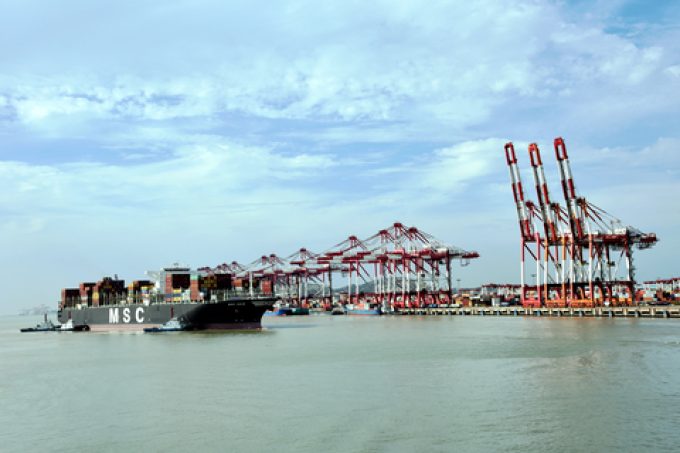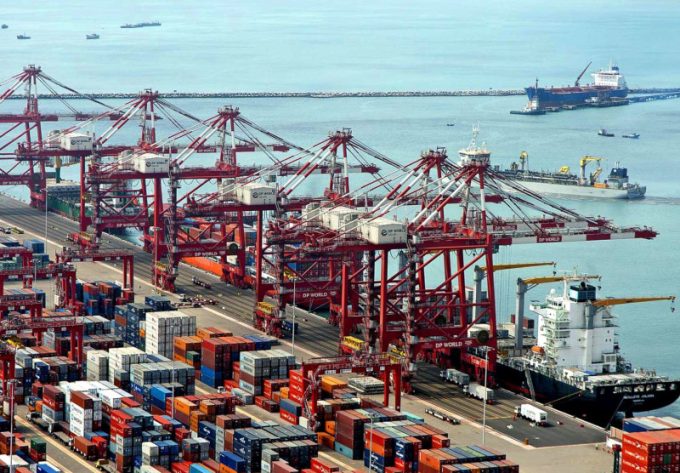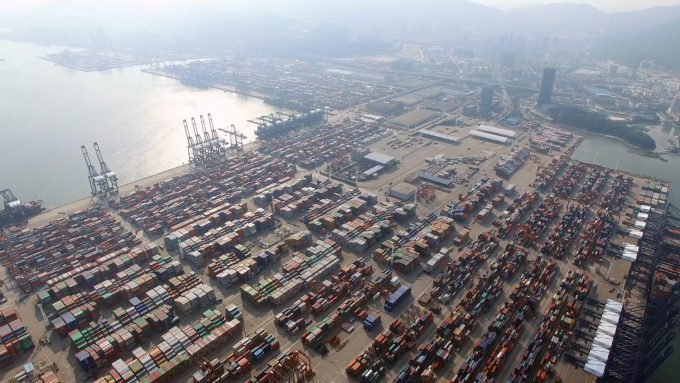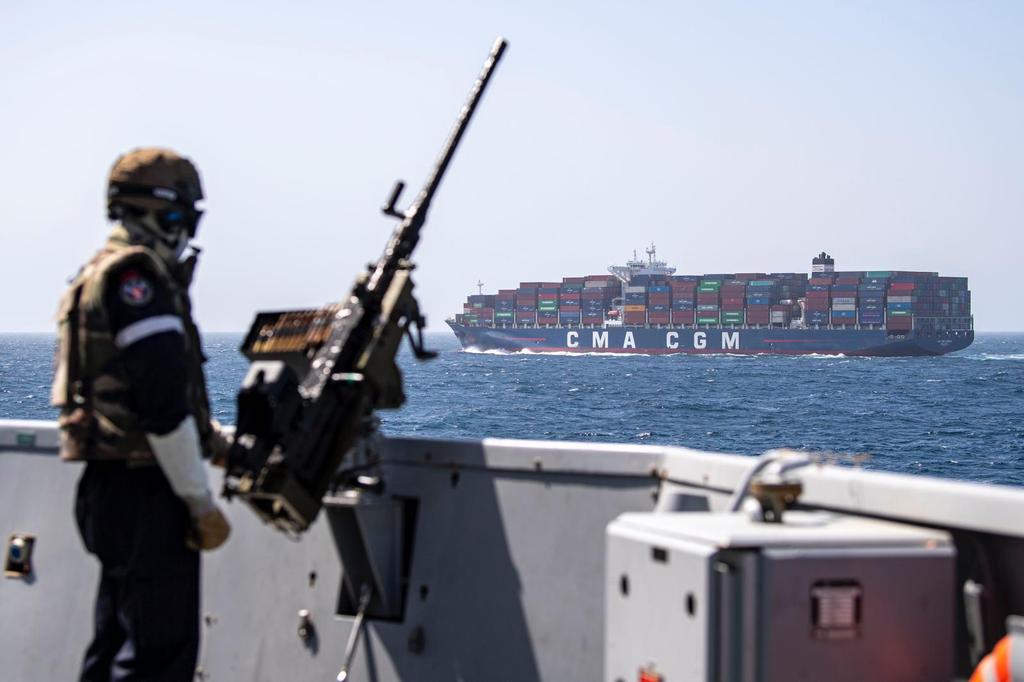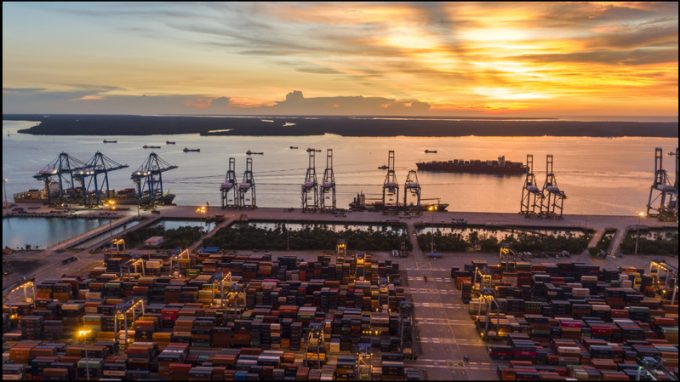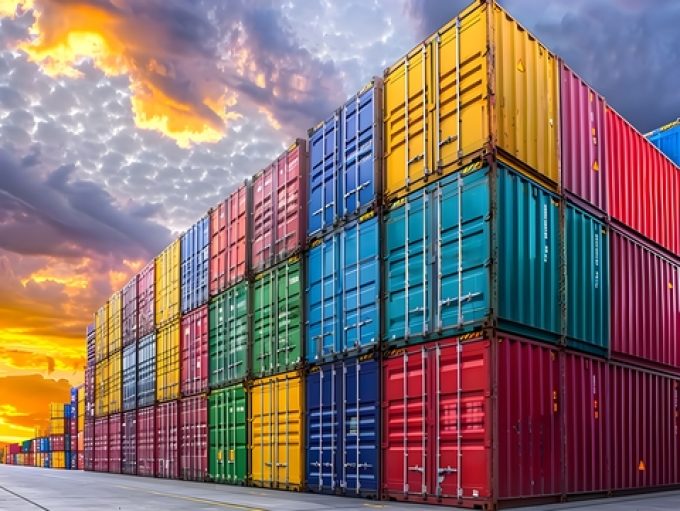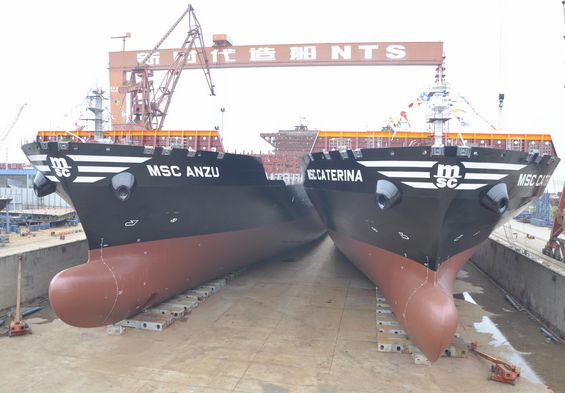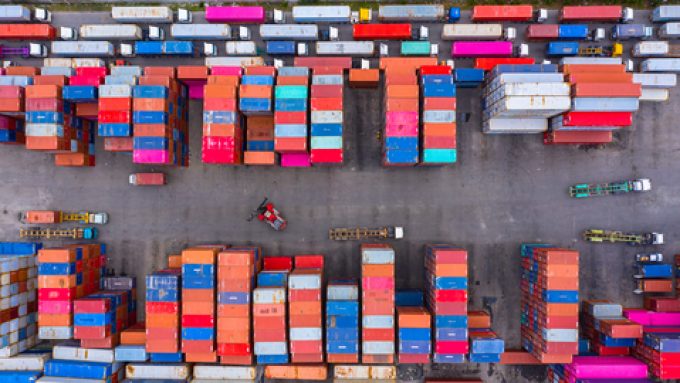News / CMA CGM outlines plan to deploy AI across shipping and logistics operations

© Rafael Henrique By Martina Li, Loadstar 25/07/2024
CMA CGM plans to apply artificial intelligence (AI) in its business, including starting an AI department, said Park Jae-seo, CEO of the French carrier’s South Korean branch.
He was speaking at the Incheon International Ocean Forum, shortly before CMA CGM signed an agreement with Google to deploy AI across its shipping and logistics businesses.
Mr Park said the group aimed to develop a strategy to link ships and control container movements through this digital transformation.
He said: “Besides liner services, we also move cargo on ferries and ro-ro ships, according to the needs of our customers. We have various shipping methods so that if a problem occurs in one place, we can provide services in other ways.”
He said attempting digital transformation was a way to improve efficiency.
Mr Park explained: “We’re becoming more efficient by connecting ships and controlling overall movement through digital transformation. We’re digitising communication with customers, such as price checks, reservations and freight bills, so that they can be done on the website.”
CMA CGM is also seeking a strategy for “differentiation in punctuality via digitalisation”.
Reviewing the issue of punctuality, which emerged during the pandemic and more recently the Red Sea crisis, Mr Park said: “We will improve how to move each route organically, and how to connect these complex services well, to increase efficiency through digital programmes.”
He added: “On-time arrivals are assured by being more efficient and not just aiming for punctuality. CMA CGM’s policy has not changed before and after the Covid-19 pandemic. The ultimate goal is to assume volatility and unpredictability and operate efficiently by utilising technological advancements.”
Last week’s agreement with Google is aimed at using its AI solutions to optimise vessel routes, container handling and inventory management to move cargo efficiently, while reducing costs and carbon emissions.

